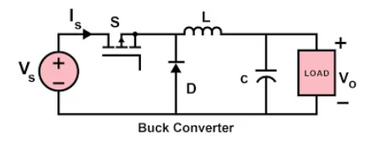engr_joni_ee
Advanced Member level 3

I am wondering about how we do the remote sensing in switch mode "buck converters". Is it possible to have remote sensing in switch mode buck converters.
I understand the remote sensing concept when the load is far away from linear power supplies and how do we connect the sense wires in linear power supplies.
This post is about remote sensing in switch mode "buck converters".
I understand the remote sensing concept when the load is far away from linear power supplies and how do we connect the sense wires in linear power supplies.
This post is about remote sensing in switch mode "buck converters".




